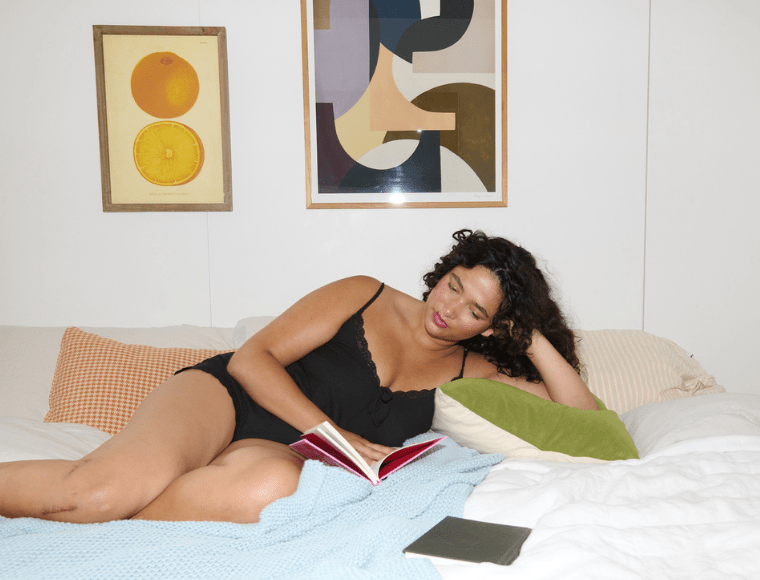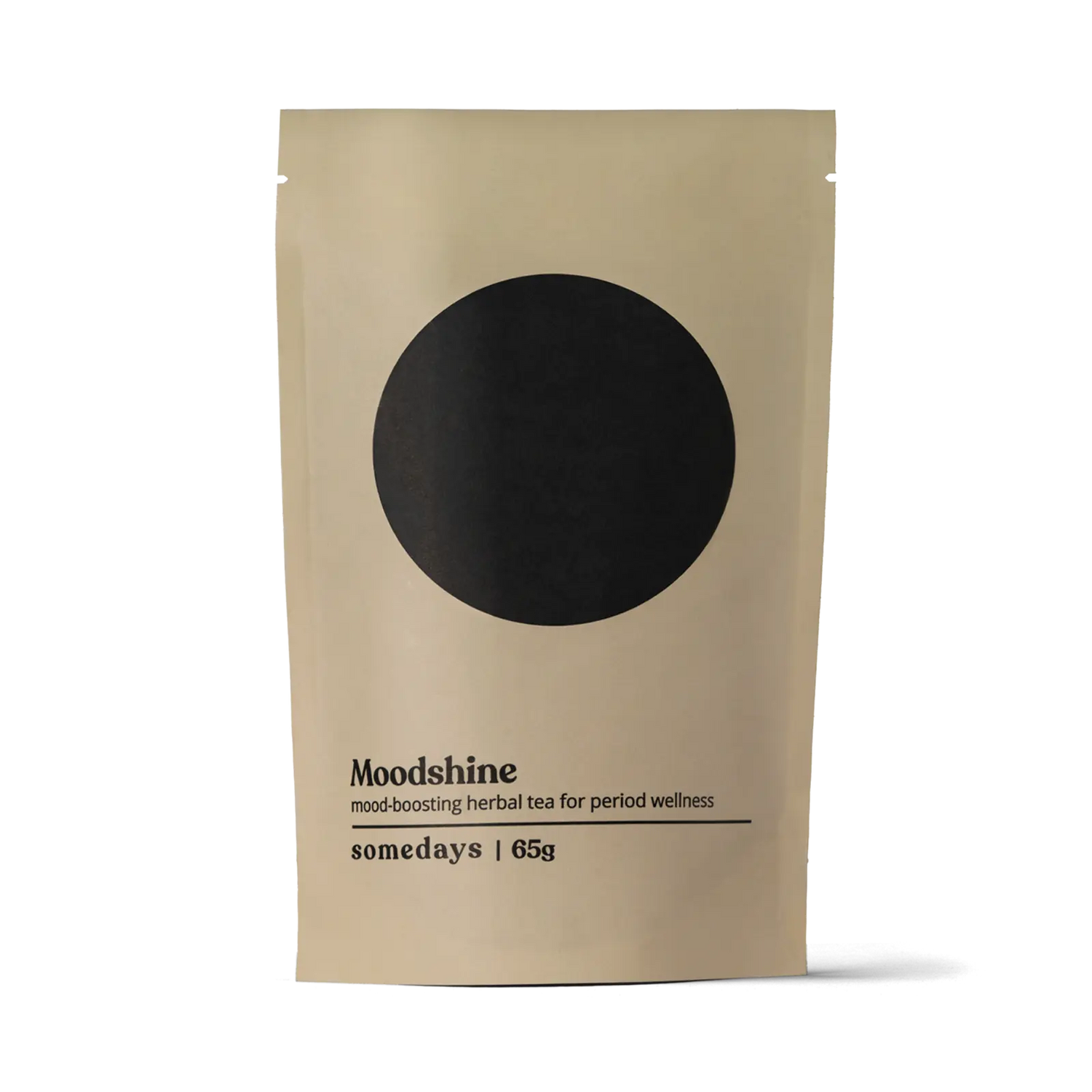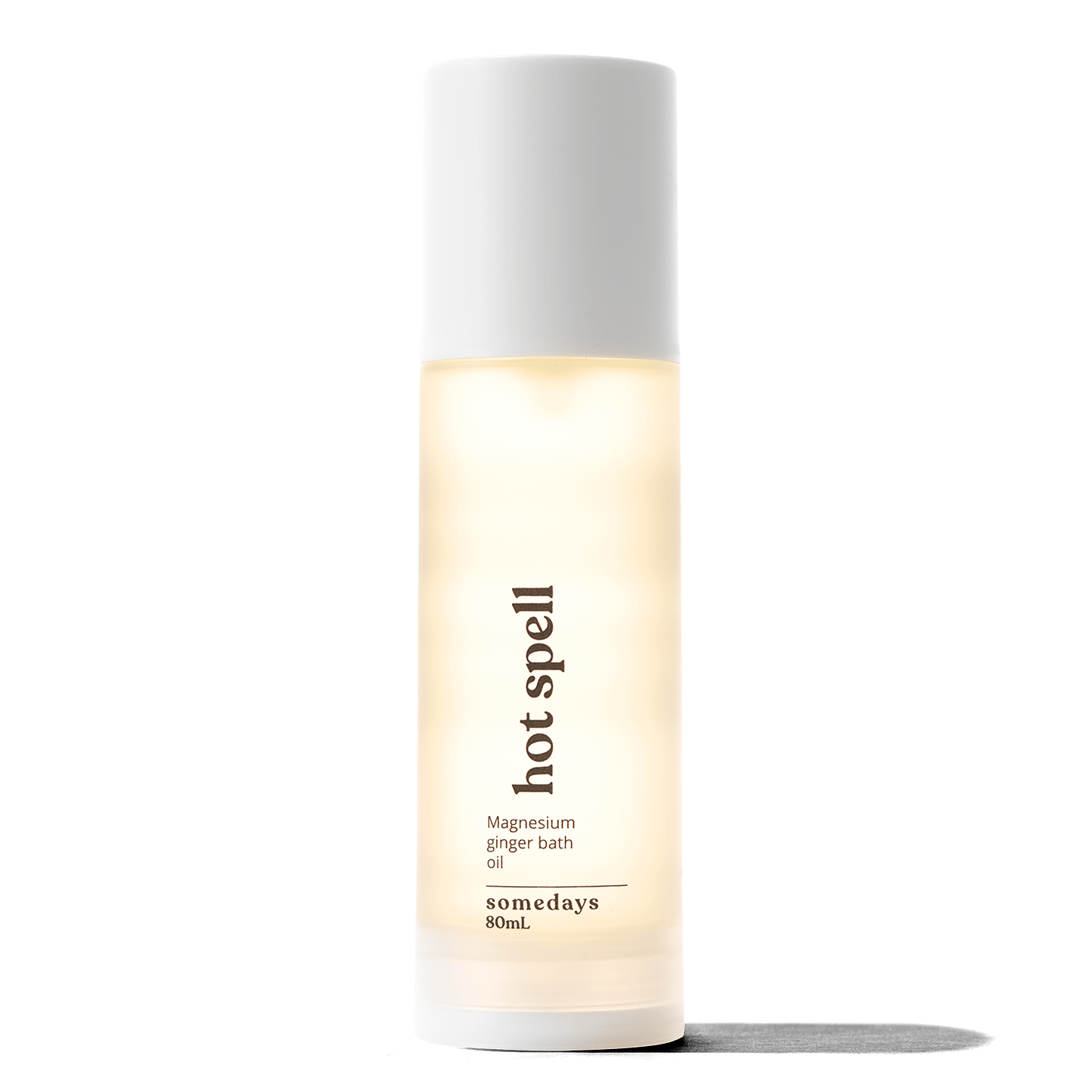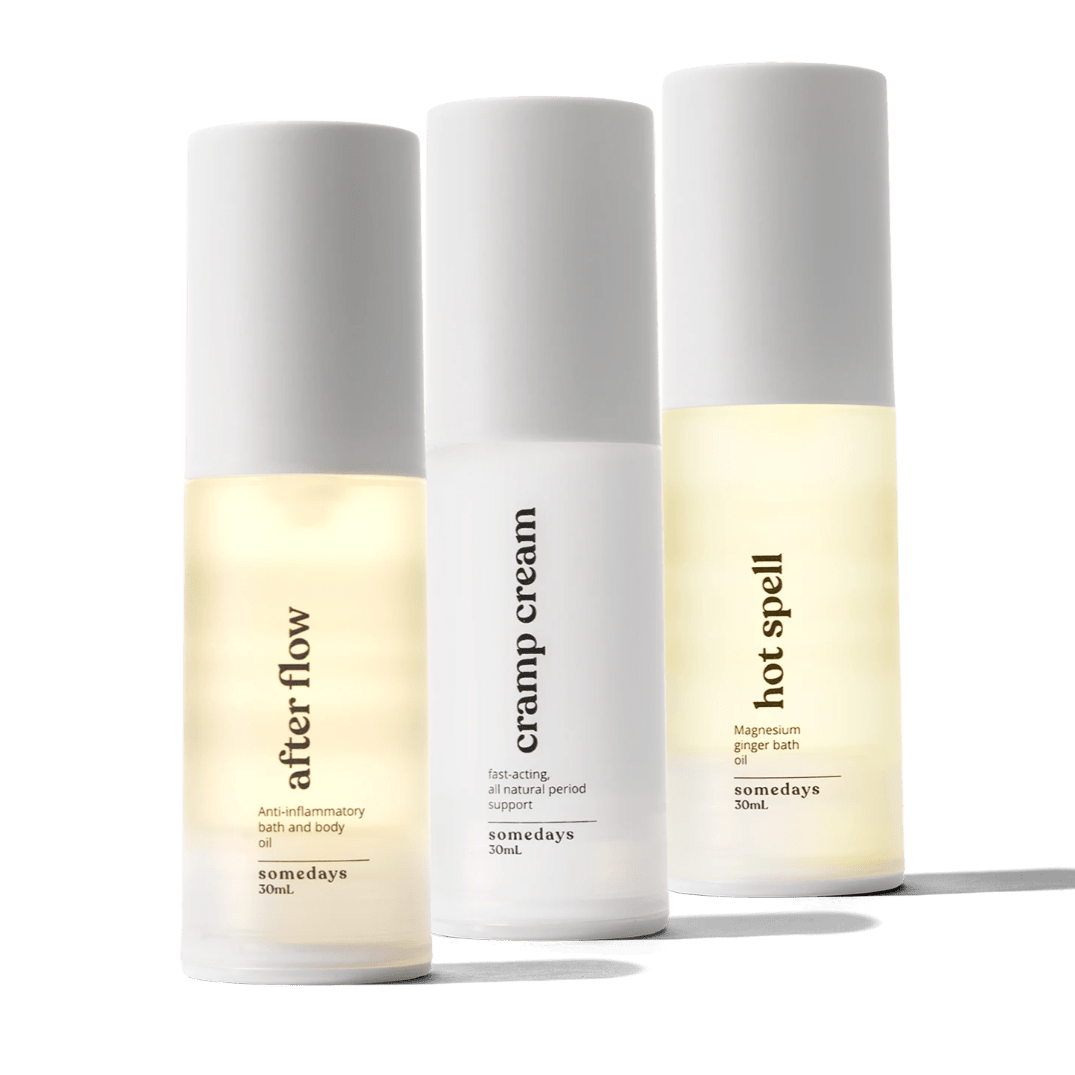How Chronic Pain Affects Other Areas of Your Life: Insights, Solutions, and Coping Strategies for Better Living

To say that my life changed dramatically when I began to experience chronic pain would be an understatement. As a parentified child to a single disabled father, I’d spent the majority of my life in hyperproductive overdrive. During high school, I managed to get straight As while raising my younger brother, performing all of the duties of a mother – making our meals, doing the laundry and housekeeping chores – working weekends with my father, and managing to have a robust social life that was tethered to substance use and addiction.
In university, I juggled a full course load, while working thirty to forty hours a week to pay for my tuition and cost of living. I volunteered at school and supported my father as his rare form of ALS, or Lou Gehrig’s disease advanced to the point that he needed someone to bathe, feed, and dress him. I did it all. And I saw this as a badge of honor.
Living under capitalism, I was praised for my ability to do all the things. And so my sense of self developed with the understanding that my value was linked to my productivity. Now, at age 31, I was flattened by chronic pain – a somatic response that one practitioner hypothesized was brought on by a lifetime of being a full-time caregiver. My body was literally saying NO. Day after day I woke up feeling like I’d been hit by a truck. Hours later, when I willed myself to move from the bed to the couch, I was winded. Getting out of a hot bath – one of the major tools that helped alleviate the pain just a little bit – was utterly exhausting.
My chronic pain impacted other parts of my life. I lost all desire to connect physically and sexually with my partner at the time – and this lack of connection drove a wedge in our relationship and eventually led to its demise. It was challenging to maintain my friendships when I’d make plans and have to cancel or ask for us to adapt at the last minute – pain making it nearly impossible to leave my house. And so my friends got used to coming to me. Something that I’m deeply grateful for but felt so much shame about at the time.
When I accepted that I’d likely be living with chronic pain for the rest of my life, I began to see how unsustainable my life had been for so long. Yes, I was able to do it all – but that doesn’t mean that I should have had to. As I had to spend more and more time with myself, doing nothing, it became clear that my hyperproductivity was one part necessity and one part coping mechanism. If I was constantly busy, there wouldn’t be any time to be present with my feelings – depression, anger, grief, overwhelm – and I could continue to repress just how much trauma I’d lived through and was continuing to experience both inside and outside of my home.
Becoming chronically ill pushed me to assess how my values were not aligned with my actions. If I was critical of capitalism, then I couldn’t keep living with the belief that needing to rest meant that I was lazy and therefore a bad person. It would take years before I heard Tricia Hersey of The Nap Ministry proclaim that rest is resistance – resistance to structures of oppression that benefit from overworking us to the point of exhaustion and debilitation. I didn’t want to keep living this kind of life – and my body wouldn’t let me. I had to make some changes.
Solutions and Coping Strategies for Better Living
In no particular order, here’s what worked for me. The TDLR: give yourself what you need.
Rest as much as you can, and don’t shame yourself for it. Rest isn’t just napping or lying on the couch watching TV (though I fully celebrate and need both). Rest can take so many different shapes and forms. Saundra Dalton-Smith, author of Sacred Rest: Recover Your Life, Renew Your Energy, Restore Your Sanity, breaks them down into these categories:
- Physical: gentle movement, like restorative yoga, swinging in a hammock, stretching, or a long sigh, or simply lying down with as many pillows and blankets as you need.
- Mental: taking little breaks throughout your day, noticing the day’s glimmers, turning your attention to a book or podcast that has nothing to do with work.
- Sensory: screen breaks, a nap with earplugs or a white noise machine to block out stimuli, changing into clothes that are comfy, going for a walk in nature.
- Creative: scheduling in time to make or take in art, listen to music, dance, or go to the movies.
- Emotional: checking in to see where your emotional battery is at and giving yourself permission to put yourself first and say no to the requests of others.
- Spiritual: connecting to your ancestors, the planet, or a sense of something bigger than yourself, or engaging in ritual.
Welcome in softness
When we’re activated and on the lookout – for the next pain flare or trauma trigger – our bodies tighten and stiffen, leading to and exacerbating chronic pain. Some strategies to welcome softness:
- Do a body scan, paying attention to the places where you feel tension. Breathe into that part of your body, offering it the opportunity to expand and soften.
- Ask yourself “What’s the gentlest thing I can do right now?” and then do that thing! Special shout out to one of my best friends and brilliant somatic practitioner Varia Erochina for that question, which continues to be an anchor for me.
- Surround yourself with soft things: all the pillows, a weighted blanket, a soothing scent and the soft light of a candle. I also stopped wearing fabrics that didn’t feel good on my body, choosing instead to wear cotton, linen, and velour.
Cultivate access intimacy
The term “access intimacy” comes from disability justice educator Mia Mingus, and describes that feeling you have when another person understands and even anticipates your access needs. Here’s the thing: you’ll need to tell your loved ones what your access needs are!
- Spaciousness in responding to texts or DMs. For me, when I’m in a pain flare, the combination of brain fog and the pain in my wrists makes it challenging for me to respond quickly to non-urgent messages. This is something that my loved ones know about me. And sometimes I’ll switch back and forth between voice notes and text depending on what feels most supportive.
- Adjusting plans for high-pain days. I love to have cute park hangs, go out for dinner, and go on other fun dates. But sometimes my body has other plans. Knowing that we can adjust our plans to ordering food at home so I can stay in my comfiest clothes has truly been a game changer.
- Supporting me with making decisions about food. As soon as my pain flares up, I know that I will need to call in food for delivery. But the brain fog can make it impossible for me to know what I want to eat. I’ve had loved ones look at Uber Eats while we talk on the phone and tell me what to order based on their knowledge of my comfort foods.
Join our Betterdays community - a weekly newsletter where we break down the latest (TLDR) news, research and breakthroughs related to your reproductive health—with a splash of humour to get you through the tough days.
Margeaux Feldman (they/them) is a multidisciplinary artist who uses creative writing, visual art, and social technologies to promote mental health and disability justice. They hold a PhD in English Literature and Sexual Diversity Studies from the University of Toronto, where their dissertation looked at the relationship between chronic illness and trauma. Originally from Toronto, Margeaux is now living in Los Angeles where they are pursuing a MFA in Creative Writing at CalArts. They also run the popular Instagram meme account @softcore_trauma. You can learn more about the work they do in the world at www.margeauxfeldman.com
Previous Article All Articles Next Article
All Articles


